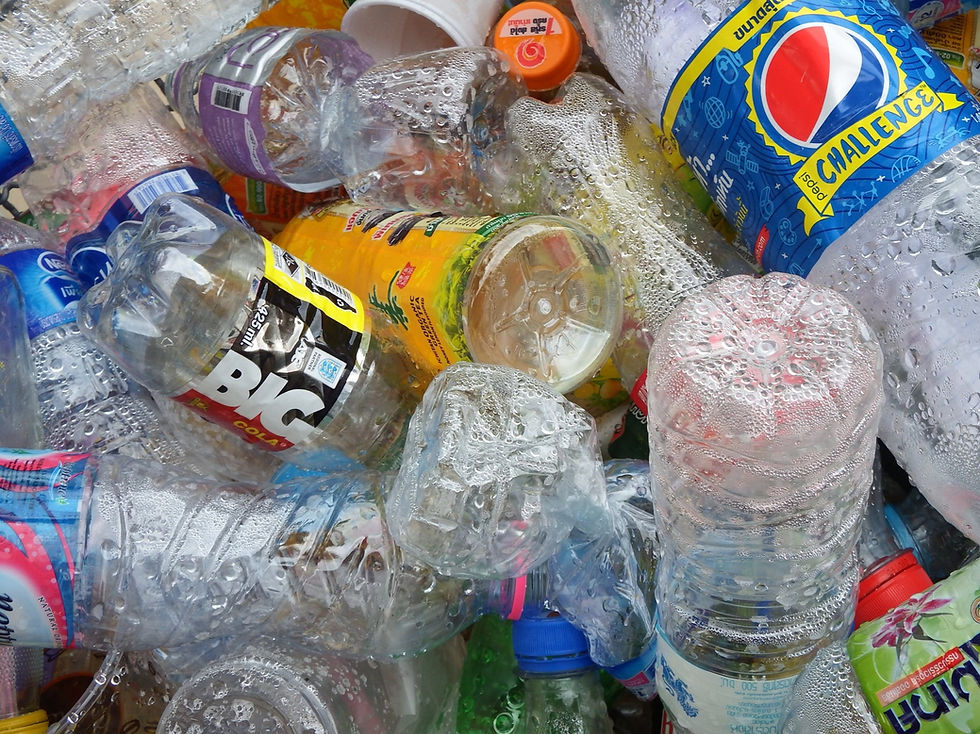Plastic: a world full of garbage
- AnnaLuna

- 5. Aug. 2020
- 2 Min. Lesezeit

Unfortunately, plastic is very hard to imagine without in our everyday lives. It is a robust, light but, above all, inexpensive material that consists largely of coal, oil and natural gas. Plastics are almost indestructible because they do not rot and are therefore not naturally degradable, which is a very big problem.
Over 300,000,000 tons of plastic are produced annually, and only 14% of it is recycled. Every year over 7,000,000 tons of plastic are deposited in the sea and there are up to 46,000 plastic parts per square kilometer.
There is one in the Pacific Ocean, between California and Hawaii
1.6 million square kilometers of plastic strudel, which is 19 times the size of Austria. This plastic pile also includes robust fish nets that take at least 600 years to decompose, the so-called "ghost nets". These nets become death traps for many marine animals.
Plastic can also be broken down into small parts by the sun, wind and waves called "microplastics". Microplastics are between 5mm and 0.001mm in size. Marine animals such as fish and birds mistake it for food and eat it.
These particles clog the stomach and can therefore be fatal. Finally it ends up on our plate. Even car tires leave a trace of microplastic when driving!
Microplastics are often also found in cosmetic products (toothpaste, shower gel, creams ...) that get into the sea via waste water.
Also when washing fleece sweaters and other synthetic fiber textiles with the washing machine, 2,000 plastic fibers come into the sea, as they are so small that they cannot be held back even by sewage treatment plants. You need 16 plastic bottles for a fleece sweater. With a bottle you can win 1,000 meters of thread.
Ships often dispose of their garbage in the sea or lose their cargo.
In 2050, more plastic could swim in the ocean than fish!
This thought is simply unbearable!




Kommentare